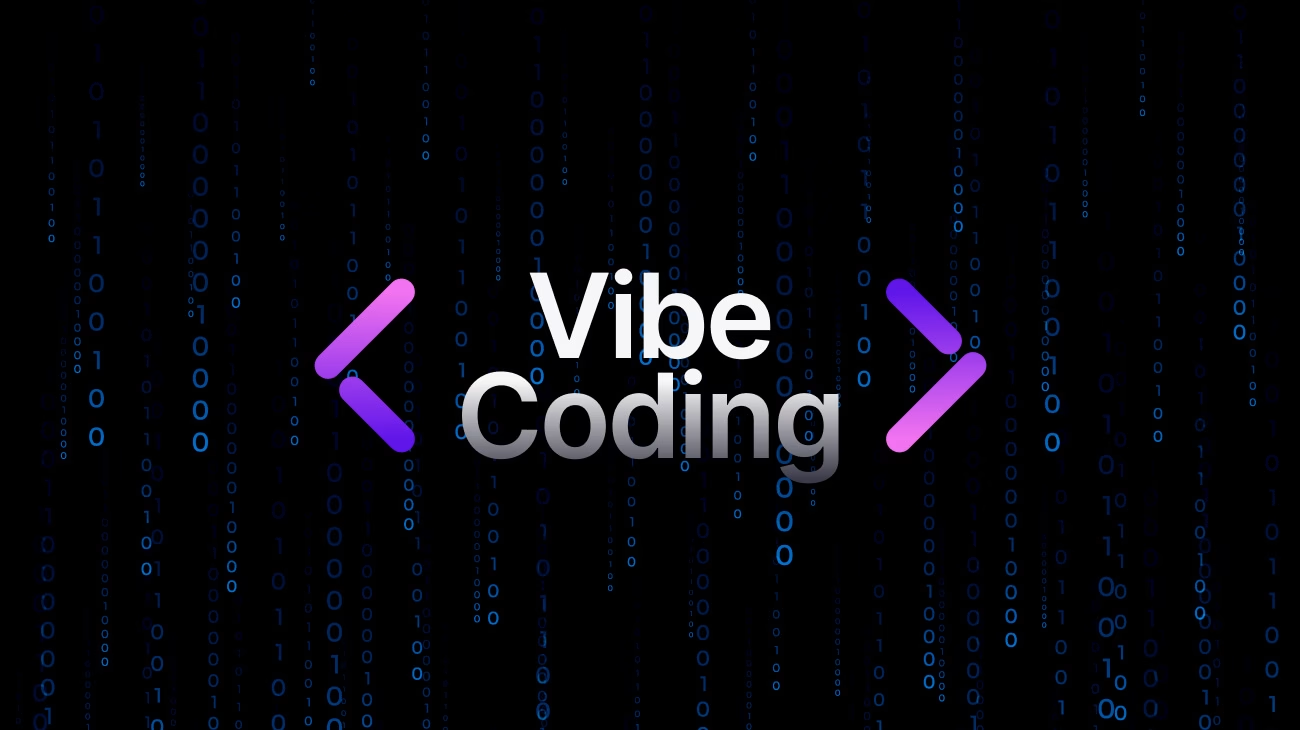From Digital Slang to Official Lexicon
The journey of "vibe-coding" from niche internet slang to a recognized term in formal dictionaries underscores the dynamic relationship between online communities and linguistic evolution. The term initially emerged within creative and developer circles, particularly among Gen Z and millennial users populating platforms like TikTok, Discord, and GitHub. It wasn't long ago, just a couple of years back, that it served as an informal descriptor for a more relaxed, improvisational approach to programming or digital art. Creators, it seemed, were prioritizing flow and feeling over rigid structural adherence.
This organic growth saw "vibe-coding" broaden its scope significantly. What began as a way to describe intuitive coding expanded to encompass a wider array of digital activities. Think about designing user interfaces where the goal is to evoke a specific feeling, composing music through code that taps into emotional undertones, or even the art of curating social media feeds to match a particular mood. This expansion demonstrated its versatility and necessity in articulating a new approach to digital creation. The official announcement of its dictionary inclusion on November 8, 2025, followed by extensive coverage in technology and culture news outlets on November 9 and 10, clearly cemented its mainstream acceptance.
The Nuance of Vibe-Coding: Definition and Differentiators
This isn't your grandfather's coding, is it? Traditional coding has always placed a premium on logic, syntax, and reproducibility. And there's nothing wrong with that! But vibe-coding introduces a refreshing counterpoint, emphasizing intuition and emotional resonance as guiding principles. It embraces improvisation and non-linear workflows, a stark contrast to the often meticulously planned and linear approaches of conventional software development. Vibe-coding finds application in both traditionally technical domains like software development and highly creative fields such as digital art and music composition. Moreover, its integration with AI tools that can adapt to user mood or creative intent signifies a progressive shift in how we interact with technology.
To truly grasp its unique position, let's consider a comparative look:
| Aspect | Traditional Coding | Vibe-Coding |
|---|---|---|
| Approach | Logic-driven, structured | Intuitive, mood-driven |
| Workflow | Linear, planned | Improvisational, adaptive |
| Tools | IDEs, compilers, static analyzers | AI-assisted editors, generative tools |
| Output | Predictable, reproducible | Unique, emotionally resonant |
| Community Perception | Professional, disciplined | Creative, expressive |
Cultural Impact and Expert Commentary
The official recognition of "vibe-coding" has sparked considerable discussion and celebration across various communities. Linguists and digital culture experts have widely applauded its inclusion. Dr. Lena Torres, Professor of Digital Linguistics at MIT, for instance, noted on November 9, 2025, that it's "a clear indicator of how digital culture is shaping not just what we create, but how we talk about creation itself.” This sentiment was echoed by others, who praised it as “a testament to the evolving nature of language in the digital age” and “evidence of how internet-born slang can rapidly gain mainstream acceptance.” Professional reviewers in tech and creative industries observe that the term perfectly encapsulates a broader trend toward more human-centered, emotionally aware digital creation, a movement aligning well with advancements in AI-assisted design and adaptive user experiences.
On social media, the reaction was nothing short of euphoric. Hashtags like #vibecoding and #vibecoder trended on platforms such as X (formerly Twitter) and TikTok on November 9, 2025, as users celebrated the term’s newfound official status. Developers and digital artists enthusiastically shared examples of their own vibe-coding projects, often highlighting the enhanced freedom and creativity this approach allows them. However, not everyone embraced the term without reservations. Some critics, particularly those rooted in traditional software engineering backgrounds, expressed a degree of skepticism, arguing that the term might risk undermining the rigor and discipline of established coding practices. Yet, proponents quickly countered, asserting that vibe-coding isn't a replacement, but rather a valuable complement to traditional methods, enriching the toolkit of digital creators.
The Future of Digital Creation: Education and Industry Adoption
The momentum surrounding "vibe-coding" shows no signs of slowing down. As of November 10, 2025, several coding bootcamps and online learning platforms have already announced the integration of new "vibe-coding" modules into their curricula. These modules are specifically designed to focus on creative coding, generative art, and AI-assisted workflows, indicating a clear educational shift towards acknowledging and fostering this intuitive approach to digital creation.
Beyond the classroom, major tech conferences are also taking note. Panels on “The Future of Vibe-Coding” are already scheduled for early 2026, signaling a growing professional interest in how this approach will shape industries. This suggests that "vibe-coding" isn't merely a passing trend; it's a paradigm shift that will likely influence how future generations learn, create, and innovate in the digital realm. The discussions at these conferences will be critical in framing its role within established professional practices.
The official inclusion of "vibe-coding" in major dictionaries is more than a linguistic formality; it's a landmark event. It acknowledges the profound impact of digital culture on our language and, in turn, on how we perceive and practice digital creation. It highlights a growing appreciation for emotional intelligence and intuition alongside technical prowess, offering a richer, more human-centric vision for the future of technology.
